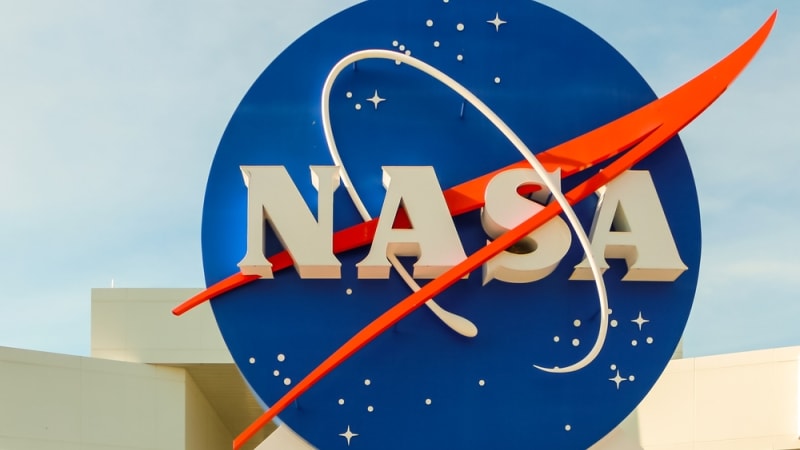
NASA’s Marshall Space Flight Center has a suite of space technologies – including artificial intelligence and rotating detonation rocket engine (RDRE) technology – that could support the Department of Defense’s (DoD) development of the Golden Dome missile defense system, according to a NASA official.
The Golden Dome program, announced by executive order on Jan. 27, forms the centerpiece of President Donald Trump’s renewed missile defense strategy.
Golden Dome is envisioned as a layered space architecture that would detect and neutralize a range of threats using a global network of sensors and space-based interceptors. The Trump administration estimates the program will cost $175 billion to develop and deploy by 2028.
Much of the specifics around building Golden Dome remain under wraps, but according to Jason Adam, director of the Human Exploration Development and Operations Office at NASA’s Marshall Space Flight Center, NASA could be a key technology partner, offering the DoD access to dual-use technologies.
“We feel like there are some symbiotic investments that NASA is making that are very relevant to Golden Dome,” Adam said during a panel at the Space & Missile Defense Symposium on Aug. 6.
Adam highlighted NASA’s work on RDRE technology as a potential game-changer for Golden Dome. RDRE technology uses a supersonic combustion process called detonation, which can improve specific impulse – or the efficiency of the engine – by about 15 percent while using the same propellant, Adam explained.
NASA is currently testing the technology for potential use in future human landers and interplanetary vehicles, while industry is exploring its application in hypersonic propulsion systems.
Developed in-house at Marshall, the RDRE could enable “rapid deployment of missile-tracking satellites and interceptors due to its high-efficiency thrust capabilities,” Adam explained.
Notably, NASA was able to move RDRE from concept to testing in a matter of months, marking a dramatic acceleration compared to the years-long development timelines typical of traditional engine programs.
In addition to propulsion systems, Adam spotlighted NASA’s work in artificial intelligence under its Space Communications and Navigation (SCaN) program. The agency is developing AI-enabled mission management to automate spacecraft payload control and analysis – “capabilities that could translate directly to military constellations.”
He also pointed to Marshall’s robust test and evaluation infrastructure, capable of supporting everything from engine components to full-scale propulsion systems. These facilities, Adam said, could be leveraged by the DoD and its contractors to test and qualify future missile interceptor technologies.
